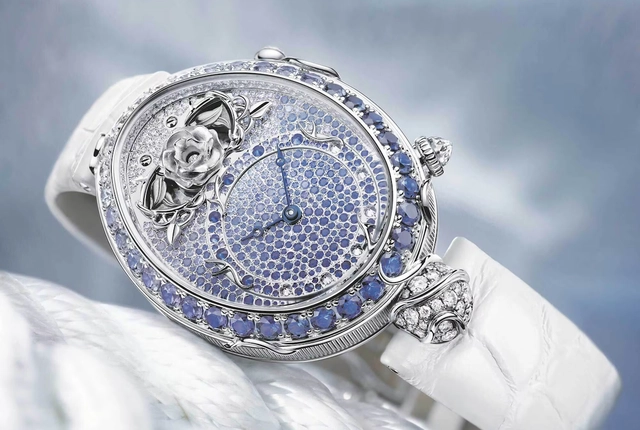The history of the wristwatch begins at the beginning of the 19th century – a time when pocket watches were still the measure of all things. But the desire of one extraordinary woman for a watch that could be worn on the wrist changed everything: It was the Queen of Naples who commissioned a wristwatch from the renowned watchmaker Abraham-Louis Breguet in 1810. This watch marked the beginning of a new era and laid the foundation for today's popular accessory. But before that, there was already a precursor to the first wristwatch!
The Queen of Naples and Breguet: A Royal Commission
In 1806, the Parisian court jeweler Étienne Nitot crafted two bracelets intricately set with pearls: one contained a mechanical calendar, the other a small clock. This is considered one of the first true wristwatches.
On June 8, 1810, Napoleon Bonaparte's youngest sister, the Queen of Naples, ordered two watches from Abraham Louis Breguet, one of which would also pose a special challenge: a wristwatch. The timepiece, later known as Breguet Watch No. 2639, was a technical masterpiece. Equipped with a repeating movement and various complications, it was far more than just a piece of jewelry.



